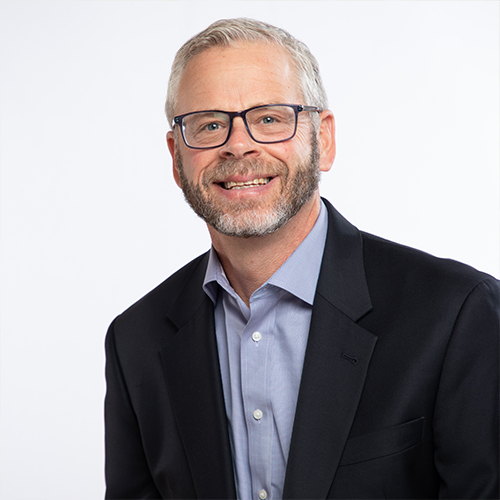If you have been in fund development long enough, you may have found yourself in this situation:
Early in the cultivation process for a capital gift, we joined a volunteer and prospective donor for a vision tour of a soon-to-be-renovated facility. While touring, the volunteer did a wonderful job of casting the vision of what might be. He balanced his comments between what they are building and why it matters. He asked great questions and listened intently to the replies.
At the conclusion of the tour, while sitting in the lobby, the donor prospect unexpectedly pulled out her checkbook. As this was our first introduction to her, we had not planned for this. In fact, we had not even asked for a gift. As the “go away gift” warning bells went off in my head our volunteer saved the day!
With great respect and sincerity he placed his hand on her shoulder and said, “Please understand that today was not about your money, we are just getting to know each other.” Then, he masterfully set an expectation for the future by saying to her, “When the time is right, I am hopeful that you will invest in this project but, to be honest, I’m not sure you know enough about us to make a gift now and I’m very sure that we don’t know enough about you to know how much to ask for.”
With a collective sign of relief, the checkbook was put away and the relationship building began.
While every circumstance is different, we think there are many lessons to be learned from this real-life example.
- In the case of a capital or major gift cultivation, make sure you’re clear on expectations with the prospective donor as part of your invitation. Paint a picture of both what you’ll be talking about and what you think success would look like.
Example: “There are so many great things happening at our food pantry. I’d love for you to stop by on a distribution day so that you can see the great energy and spirit of the place, as well as the challenges we’re having with accommodating so many hungry people in our small space.” - Saying “no thank you” might not always be the best answer. If a donor is excited and moved to make a gift on the spot, you can thank them for their generosity and still build toward a greater gift in the future – a sort of “yes and” approach.
Example: “Wow, thanks so much for this wonderful gift. I’m so glad you see the potential of our work with disadvantaged students. I hope we can continue the conversation. We have some exciting opportunities coming up for the new school year that I’d love to share with you when the time is right.” - Sometimes, it feels like such a chore to get that first meeting with a donor that you don’t want to miss the opportunity for a gift – ANY gift. But if you know that the gift you just received is much lower than that donor’s capacity, don’t despair. The donor’s understanding of and/or interest in your project simply isn’t very high at the moment. But that can be changed with time and diligent effort.
Example: “Thank you so much for supporting our campaign to expand our church facility. As you know, this is an ambitious project, but as we set up overflow chairs, arrange for off-site parking, and hold Sunday School classes with 30 kids in rooms meant for 10, we know that our growing congregation is hungry to be together in community. You have helped to feed that hungry spirit, and we hope that you too are nourished as a member of our church family. We look forward to continuing our campaign and are encouraged by your early support.”
Saying “no thank you” is a bold move – perhaps one that can only be delivered by a volunteer who is a peer of the donor. It is also a perfect illustration of our tried-and-true adage: where interest meets capacity is where you’ll find your gift. Take a pre-emptive “go away” gift as a sign that you have a lot of interest-raising left to do – and then get on with doing it!

